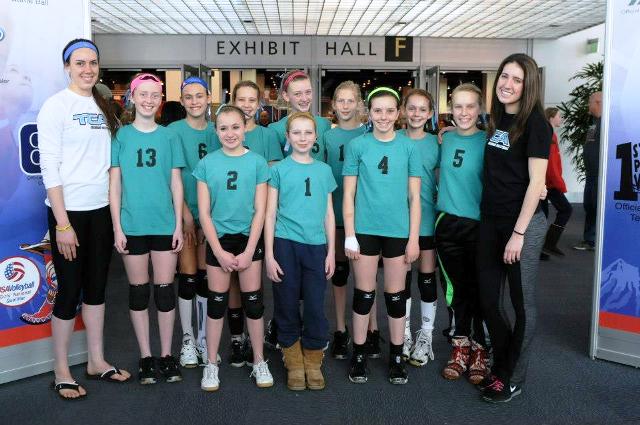In its most pure form, the concept of equal playing time (EPT) has merit as a means of helping young athletes improve their skills. Unfortunately, there are unintended consequences associated with EPT.
Parents and players have forced their own EPT agendas on some school, club, and recreation programs. As a result entitlement has become part of the EPT mindset in these settings. For example,
- Some players feel it is not necessary to show up for practice. When they grace the team with their presence they don’t feel it is essential to focus and work hard. EPT is guaranteed during competition.
- Some players don’t feel the need to practice the way the coach wants, nor do they choose to execute the coach’s strategy in competition. They know they are assured as much time on the court as the players who are more talented or dedicated.
- It is not important for players to abide by team rules because EPT policies mean their court time is guaranteed.

Entitlement has become part of EPT.
In some cases the definition of EPT has been extended to include equal everything (EE).
The following examples illustrate how the entitlement mentality has adversely affected EPT.
- Some parents think players are entitled to play where they want to play a portion of the time. The problem is that not all players have developed the skills to play in such positions as a baseball catcher, first baseman, hockey goalie, or center in football. Players should not be allowed to play positions where they may be a hazard to themselves or others on the field. EPT policies should not force coaches to put players in positions that may destroy the playing experience for all other players or risk damaging the mindset of the player being put in that position. Mental and physical safety of all players should trump EPT.
- Because some coaches have been forced to adhere to EPT policies, they have created specialized roles for the weaker players so they will get “equal” time on the court. For example, in 12U volleyball, a player who can’t serve or pass may be designated as a hitter or front row player. Players who are forced into specialized roles because of EPT policies will often fall further behind the curve even if they are getting “equal” time on the court.
- Some parents have carried the “EPT=EE” mindset so far as to expect that kids should have equal time on the bench sitting next to the coach or that players should be allowed to be team captain an equal number of times. In extreme cases, some parents feel it is important for the coach to make sure that team members get to be first in line an equal number of times for the for post-game high-fives and snacks.
- It has become easier for parents and coaches to measure EPT with spreadsheet and apps for mobile phones. With entitlementThat should add an interesting twist
- In an effort to adhere to EPT policies coaches may allocate playing time based on the number of minutes in game. Some parents feel that EPT should be based on the amount of quality time played, the number of points played, or the number of minutes played as a starter.
Because entitlement has become part of EPT implementation, EPT policies will often send the wrong message to young athletes. Weaker players who have shared equal time on the court with superior athletes may wrongly think they are as good as their peers. They may also feel they will always be entitled to EPT. In these cases, they failed to learn the valuable lesson that all players must work hard, have discipline, and God-given talent to improve their skills.
Do these shortcomings with EPT suggest it should be eliminated as a guiding philosophy for younger level sports programs?
NO!
There can be problems with EPT policies, especially those in programs hijacked by the personal agendas of parents; however, EPT is a reasonable philosophy for sports programs for young athletes, especially those under the age of 14.
Athletic and club directors need to review their EPT policies and understand the extent that entitlement has crept into the implementation of their EPT policies. This will allow them to understand whether their EPT policies are having their desired impact on the players. Such a review should prevent a good idea from going bad.
